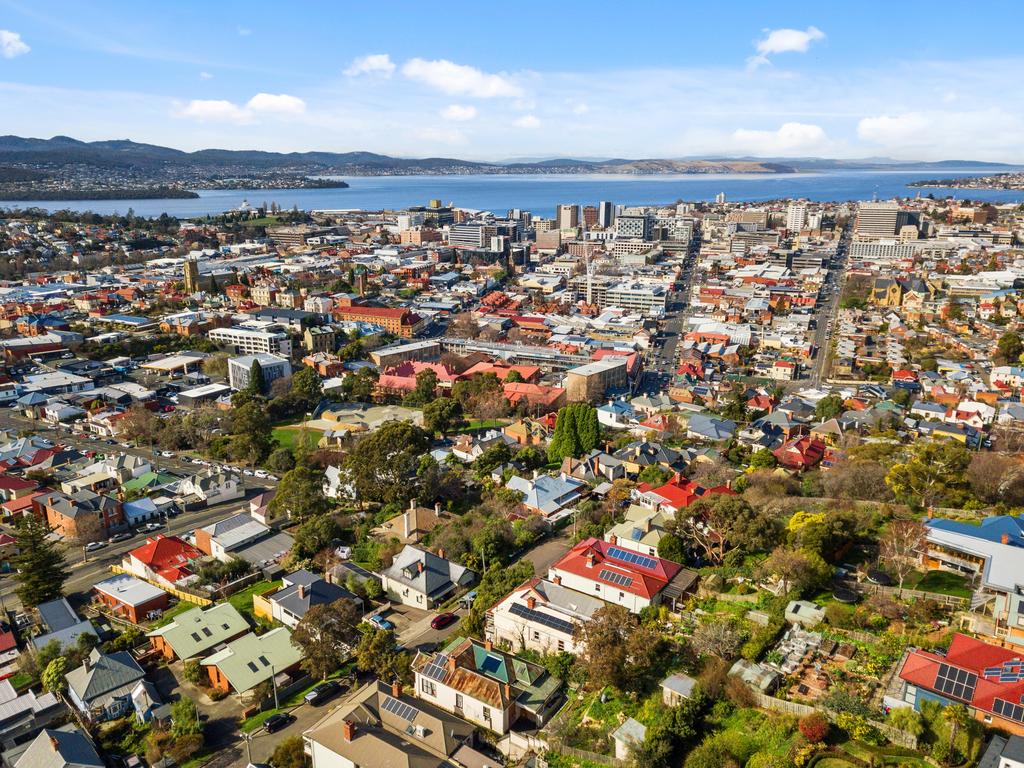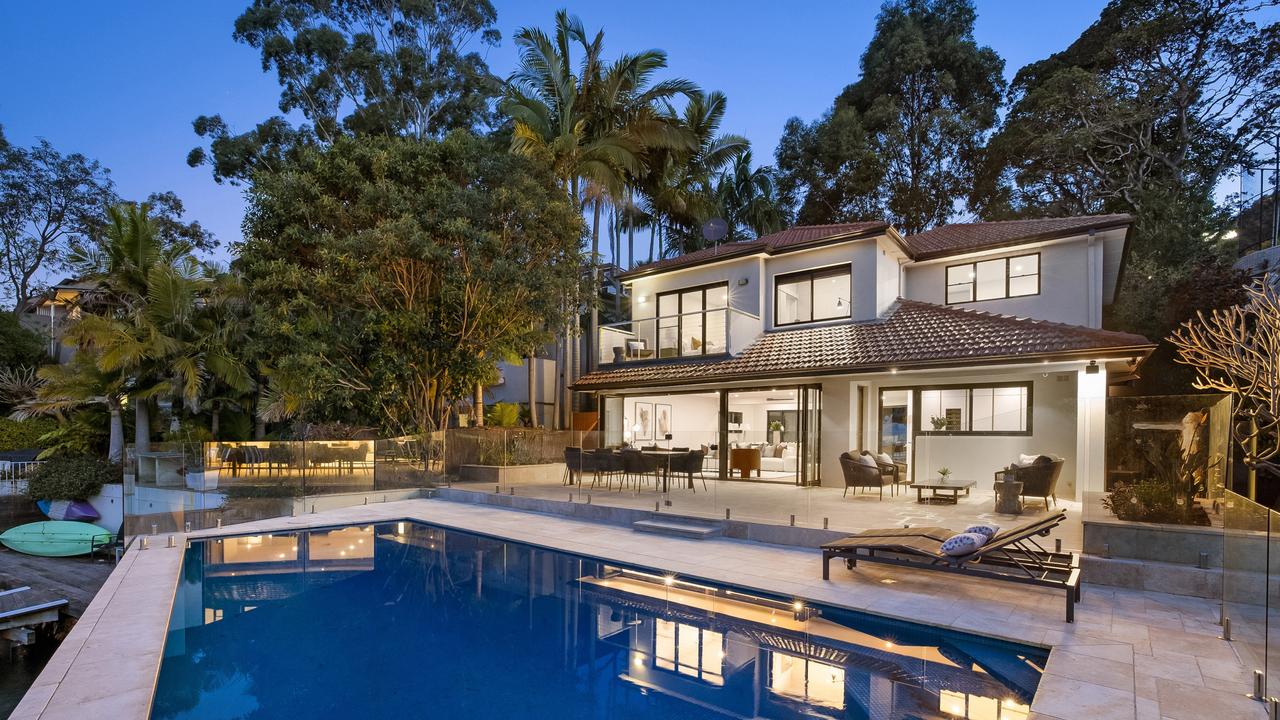Best city to get a cheaper home
With home prices continuing to rise despite high interest rates, where is the best place to buy a home?

The key question people have been asking in this financial past year is how can property prices still be rising when interest rates have gone up so much and so quickly?
The short answer is low supply of homes for sale and many demand drivers combining all at once. This dynamic occurred across most markets over the year, except Victoria and Tasmania.
The strongest capital city markets of FY24 were the smaller, more affordable ones.
According to CoreLogic data, home values rose 23.6 per cent in Perth, 15.8 per cent in Brisbane and 15.4 per cent in Adelaide.
In the middle was Sydney with a respectable 6.3 per cent rise in values. We saw minor gains of 2.4 per cent in Darwin, 2.2 per cent in Canberra and 1.3 per cent in Melbourne, and a minor 0.1 per cent decline in Hobart.
Across regional markets, Western Australia outperformed with a 16.6 per cent lift in home values, followed by Queensland with 12.2 per cent and South Australia with 11.3 per cent. Regional NSW was in the middle with 4.1 per cent growth, followed by regional Tasmania with 0.7 per cent growth. Values fell 0.5 per cent in regional Victoria.
MORE: Home loan guru’s big money warning

Strong price growth tends to lead to more listings, as people gain confidence to sell.
We’re starting to see this now, with CoreLogic data showing the volume of new listings nationwide increased in May to be about 7 per cent above the five-year average and 17 per cent higher than the same time last year.
However, total listings (incorporating both new and older listings) were about 18 per cent below the long-term average and 1.6 per cent below the same time last year.
So, supply is still tight and buyer demand is still outweighing it for now. As a result, there was a 0.7 per cent uplift in the national median value in June, which was the 17th consecutive month of growth.
One of the factors driving price growth despite higher interest rates is many affluent buyers purchasing without mortgages. Among them are the baby boomers. This is a large segment of our population that is now at an age when significant financial decisions are being made. These include retirement, lifestyle relocations and downsizing and we’re seeing the impact in the property market.
The Boomers have enjoyed incredible equity growth in their homes over many decades, and as of the end of 2024, all of them will have access to their superannuation. This means many Boomers can transact in cash, which means interest rates have no real bearing on their next moves in property.
MORE: ‘Dumb’ way investor turned $40k into fortune

Many baby boomers can downsize, upsize, or make a sea-change or treechange with plenty left over to buy an investment property or help a young family member buy a home.
Another factor driving median prices higher is the strength in Australia’s prestige sector (above $5 million). There is a lot of buying capacity at the top end due to the very high salaries of the business elite and the return of foreign investors purchasing homes for their children who are studying here.
Most prestige buyers can purchase without a mortgage, and very tight supply in the prestige sector led to some phenomenal prices for harbourfronts, beachfronts and lifestyle estates in regional areas in FY24. One of the biggest sales was a reported $80 million-plus for a house in Sydney’s Point Piper.
On the other side of the coin, high interest rates are a big challenge for the average single, couple or family buyer today. It’s not just about keeping up with repayments, it’s about getting the finance in the first place. It’s not easy when APRA has directed the banks to add a minimum serviceability buffer of 3 per cent to your loan rate as part of their assessment of your repayment capacity.
Restricted lending is one of the reasons we saw stronger demand in the lower price quartiles of city and regional markets in FY24. This reflects buyers making compromises to suit their budgets.
MORE: How this $325k home became Sydney’s most expensive

These compromises include looking in ‘bridesmaid suburbs’ – that is, cheaper suburbs surrounding where they’d like to live but can’t afford, or relocating from expensive cities like Sydney to large regional areas or cheaper capital cities with good employment growth, such as Brisbane and Perth.
New interstate migration data from the Australian Bureau of Statistics shows NSW lost a net 31,678 people in calendar year 2023 while Queensland gained 31,595 and Western Australia added 10,709.
Affordability constraints are also driving more buyers to purchase apartments, townhouses or duplexes instead of freestanding houses. This led to strata home values rising faster than house values in many capital city markets in FY24. For example, median house prices in Brisbane and Adelaide rose by just over 15 per cent while median apartment prices rose by more than 18 per cent.
Other factors driving superior price growth for strata homes was good levels of first homebuyer activity, with the Bank of Mum and Dad offsetting higher interest rates, and an increase in investor activity. Both first home buyers and investors typically target apartments because they are more affordable than houses and usually offer higher rental yields.
Rental yields rose substantially again in many markets in FY24. They rose faster than home values in some cases, such as Melbourne where yields rose 9 per cent and values rose 1.8 per cent in the 12 months to May.
MORE: NRL’s Bulldogs in $50m shopping spree

Gross yields are now above 4.5 per cent in every capital city bar Sydney (4 per cent) and every regional area except regional NSW (4.4 per cent), according to CoreLogic.
High rents are prompting more renters to consider buying. I also think the plateauing of interest rates since December last year is encouraging investors to seek a good quality asset for the long term now before rates start to fall, which may potentially stimulate further price growth.
Low unemployment is fundamental to stability in the property market. To date, Australia’s jobs market has been remarkably resilient, and if supply/demand remains as tight as it is today, it would not be surprising to see further gains in values in FY25. However, the pace of price growth may slow down if economic conditions deteriorate.
* John McGrath is the founder, Managing Director and Chief Executive Officer of McGrath Estate Agents
MORE: Buy a pub for less than the cost of a home
Originally published as Best city to get a cheaper home



